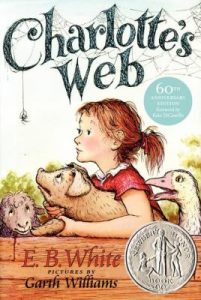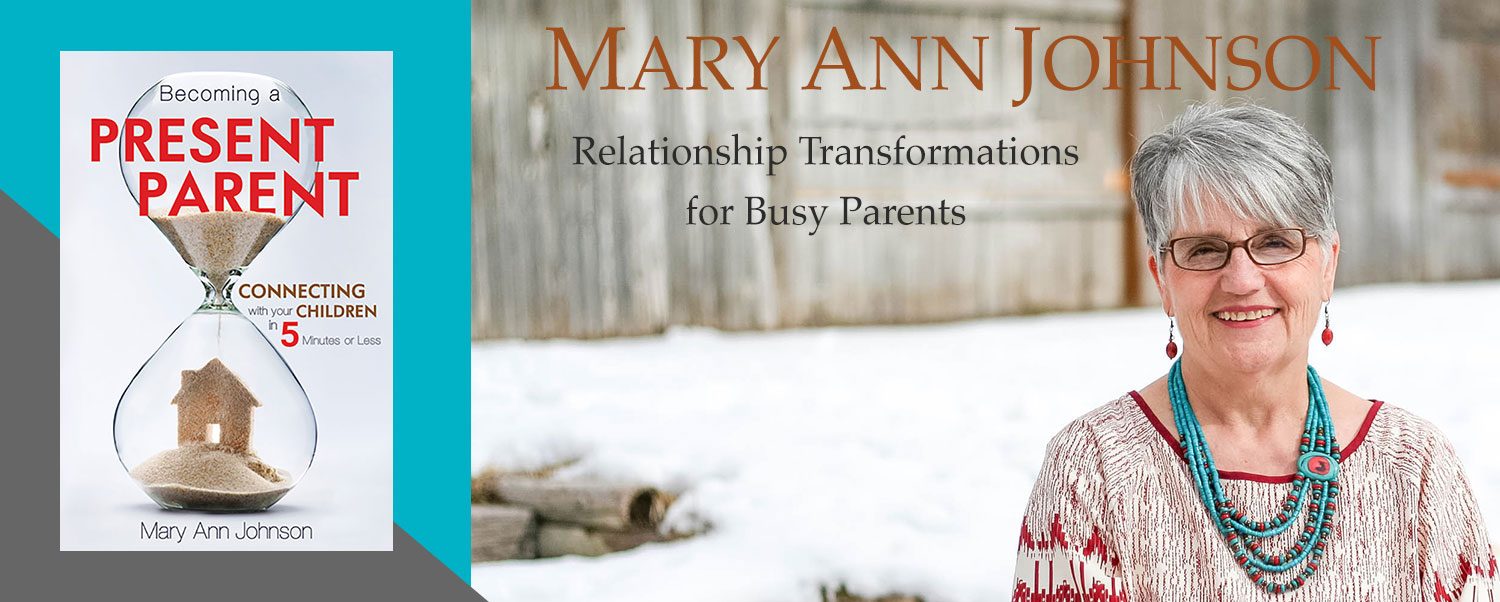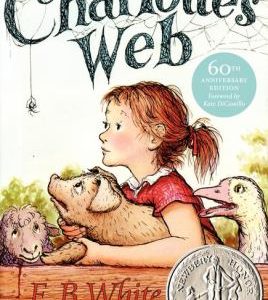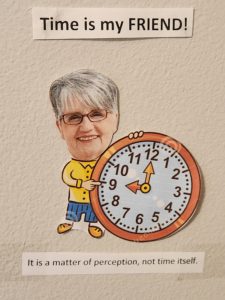How Do Kids Feel About Reading As A Family?
The number one reason to read to your children until they leave your home and go out on their own is to establish an intimate experience filled warmth and belonging, that ‘family feeling.’
From Scholastic’s Kids and Family Reading Report, we learn only 17 percent of parents of kids aged 9–11 read aloud to their children. Yet 83 percent of kids aged 6–17 say being read to is something they either loved or liked a lot.
One of my warmest memories is of my mother reading poetry to us. She didn’t read to us often, but when she did it was magical for me! As I think back on those reading moments with my mom, I know what made them so special. I felt my mom loved us and it created that ‘family feeling’ for me.
There are many ways to read together but if we really want to create that ‘family feeling’ then we can take a lesson from a mother I observed.
A Better Way To Read
 Jodie was reading the book Charlott’s Web to her children. Frequently she would stop and ask a question. “What does manure mean?” “What does loft mean?” What does slop mean”? “What is a manure pile?” When the term manure pile came up again, later in the story, Jodie emphasized the term as she read. Then she asked, “Do you remember what manure pile means?” I heard, “Eweee, a pile of poop.” Then laughter.
Jodie was reading the book Charlott’s Web to her children. Frequently she would stop and ask a question. “What does manure mean?” “What does loft mean?” What does slop mean”? “What is a manure pile?” When the term manure pile came up again, later in the story, Jodie emphasized the term as she read. Then she asked, “Do you remember what manure pile means?” I heard, “Eweee, a pile of poop.” Then laughter.
In the story, the cows were described as patient. Jodie had been working on helping her children learn to be patient. When she read that word she stopped and said, “Patient means to wait quietly till you get what you need.” She got knowing looks from the kids.
At one point something happened that wasn’t right and one of the characters in the book said, “You’re going to catch it.” Jodie asked the kids what that phrase meant. They weren’t sure so she replied, “It means you’re going to be in trouble.” Then she said, “You’re going to catch it, Jack. You’re going to catch it, Maggie. You’re going to catch it, Mary.” Big smiles all around! Jack said in a loud, happy voice, “You’re going to catch it, mom!”
Later she asked, “Do you know what asparagus is?” A chorus of “No.” “Well, it’s like a great big piece of grass that people eat. It’s yummy. We could buy some, eat it and pretend that we are cows. Should we do it?” An excited chorus of yeses! “It sort of looks like a spear”, Jack said.
Next, there was a discussion about slop. Jodie told her kids, “If some people don’t like something, they say it tastes like slop. But the better thing to say is, I don’t like this.” Then there was a discussion about manners.
Then a conversation about freedom ensued. The animals in the story were glad they weren’t tied up or penned in. Jodie said, “Isn’t it interesting that everyone wants a little freedom, to be able to choose what they want to do.” The kids had a lot to say about that! They all talked about freedom and choice and responsibility.
At one point in the story, the goose was telling another animal to twist, turn, skip, slide and run. Jodie said, “She isn’t helping him. Why isn’t it helpful?” Jack replied, “She’s teaching him to run away. She is getting him in trouble.”
Eventually, they read something in the book that was unfamiliar, and Jack said, “That part isn’t in the movie”. Then they discussed why things in books aren’t always in the movie. They decided it was good to read the book first and get the whole story before seeing a movie about the book.
This family reading time took about 30 minutes. The ages of the children were 7, 5, and 3. They were totally engaged and involved. They got through one, maybe two chapters. It’s going to take some time to get the whole book read. But getting the book finished isn’t what this mother is trying to accomplish. She’s connecting with her kids. She’s taking 30 minutes to be Present. She was intent on creating that ‘family feeling.’
What did they share:
• The meanings to many words that were unfamiliar and that are important to understanding the story.
• They learned about some character traits such as patience and responsibility.
• They talked about freedom and why it is important and why people like it.
• They learned the meaning of a new phrase; you’re going to catch it.
• They planned the next family activity – to buy, cook and eat asparagus and act like cows.
• They talked about manners and what to do if you are eating and you don’t like something.
• They talked about the difference in written stories and movies and why they might not be the same.
This is a delightful way to read a book to children. It’s fun, it’s interactive, it holds attention, it’s learning at its best. I’ve seen this same type of success with older children and youth. Reading time as a family is not about getting through a book. It is about bonding, laughter, happy feelings and learning together.
For Success Remeber The Difference in Adults and Kids
Remember that adults are product driven, for the most part, and kids are process driven. We want to read, move along at a reasonable pace and get it done, then on to the next book. Kids want to experience something while they’re reading. They want to experience that ‘family feeling’.
What great book have you read with your family recently? I’d love to know. : )
Your shares are the best compliment. : )








Thanks for the reminder of how valuable family reading can be! I have been meaning to work on establishing this habir, and appreciate the nudge to get going!
In our family, we read the whole series of “Indian in the Cupboard” books a year or two ago. My kiddos were enthralled, and I loved revisiting favorites from my own childhood and trying to remember plot twists before we reached them in the text! More recently, we enjoyed the topsy-turvy world of “Pippi Longstocking.” It was so delightful for my husband to read it aloud to all of us. My husband likes to change words or phrases while he is reading to make our kids laugh, and as we read “Pippi Longstocking,” one of the kids said, “Dad, this book is so silly, it makes it hard to tell when you are adding something goofy!” Magical memories in the making!
Liesel, You are welcome. It is so easy to have good intentions and so hard to make them a reality. I know! You sound as if you have made some wonderful progress in reading with your family. I LOVED Pipi Longstockings as a kid but I had to read it by myself. I would have loved to have my dad read it to me. One thing that helps family reading actually happen is to make it part of your schedule and then protect it from the world. If you only read 2-3 times a week but you did it faithfully every week, it would be enough. : )